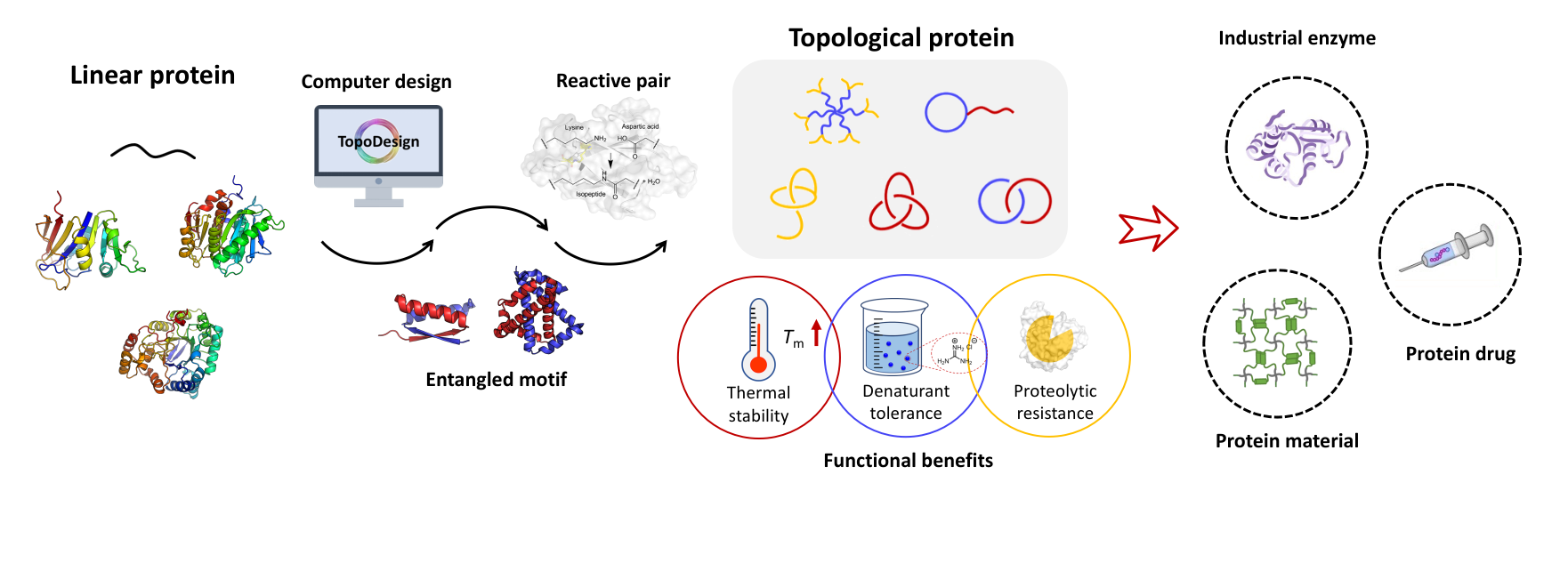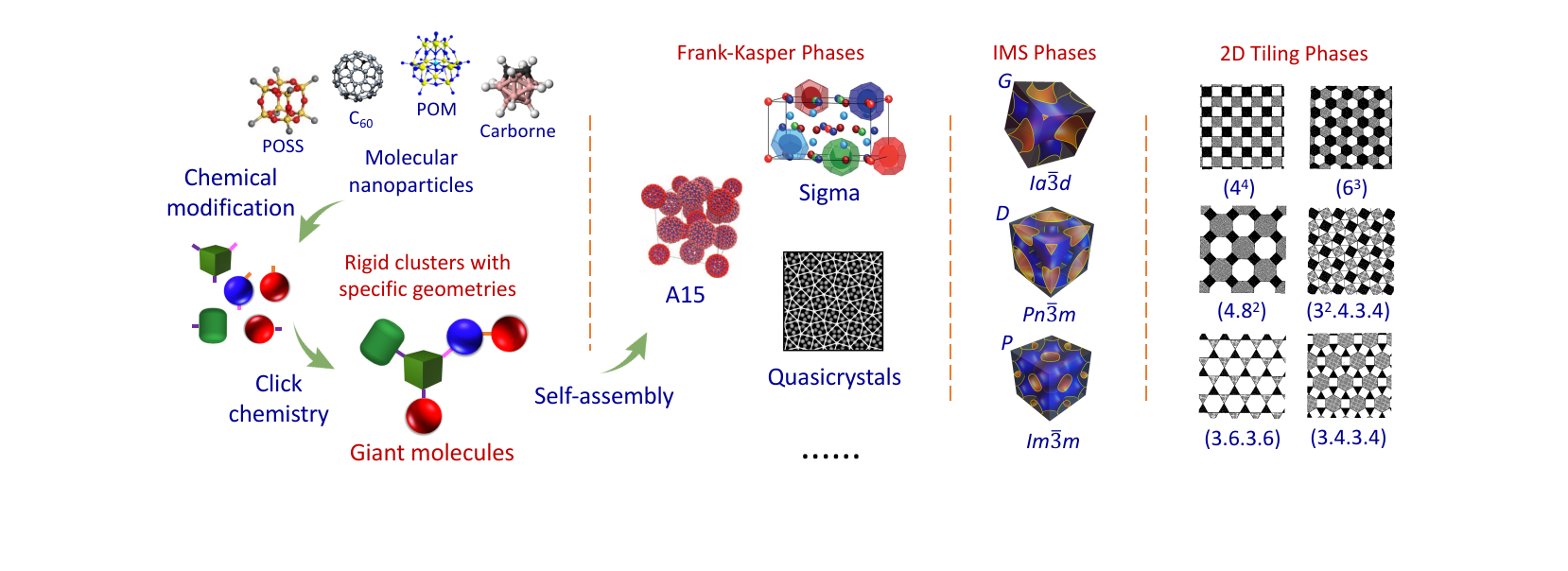箴言
在科学上没有平坦的大道,只有那些不畏艰险沿着陡峭山路攀登的人,才有希望达到光辉的顶点。
----马克思
-----------------------------------------------
合作研究
请有兴趣的研究组联系我们。欢迎任何形式的合作,尤其是在自组装、水凝胶以及生物医药等方向的合作。
------------------------------------------
研究成果
Zhang, X.-J.;# Wu, X.-L.;# Liu, D.; Da, X.-D.; Wang, X.-W.; Yang, S.;* Zhang, W.-B.* Engineering SpyCatcher Variants with Proteolytic Sites for Less-Trace Ligation. Chin. J. Chem. 2019, 37 , 113-118. (Front Cover)
Abstract: The SpyTag/SpyCatcher reaction is a powerful tool for bioconjugation, but it leaves a complex of considerable size after ligation. To facilitate removal of the catalytic fragment, proteolytic recognition sites (such as DDDDK, AVLQ, and WELQ) were directly engineered into the first or second loop of SpyCatcher at locations after the reactive lysine to give a set of cleavable SpyCatcher variants. Among them, SpyCatcherDDDDK exhibits excellent reactivity with SpyTag and could still be cleaved proteolytically by enterokinase after ligation. Notably, SpyCatcherDDDDK is disordered in solution and forms an ordered complex upon reaction with SpyTag with a second order rate constant of 99.2 ± 0.1 M–1·s–1, which is comparable to, if not faster than, most click reactions. The results demonstrate the high sequence plasticity of SpyCatcher and suggest that covalent bond formation may confer robustness on the folded structure against extensive mutation. These variants add to the expanding toolbox of genetically‐encoded peptide‐protein chemistry with diverse features.





